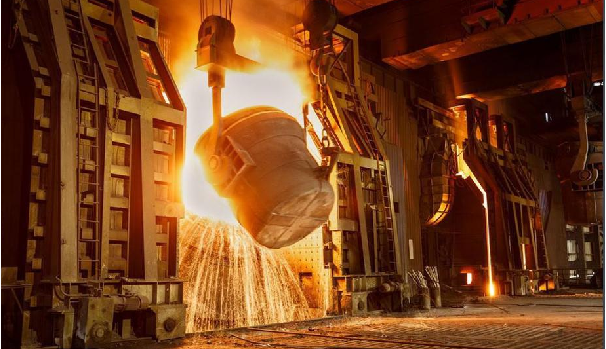


Thermal spraying technology is to heat certain materials to a molten or semi-molten state through a certain heat source, and then spray them on the surface of the coated substrate to form a coating with better performance than the original substrate, so that the original workpiece has a more excellent surface. performance, or to make the workpiece obtain one or more surface properties that the original matrix material does not have a film-like structure. These surface properties include wear resistance, corrosion resistance, heat resistance, oxidation resistance, heat insulation, insulation, electrical conductivity, sealing, disinfection , anti-microwave radiation and various other special physical and chemical properties. At present, thermal spraying technology has been widely used in many fields including aviation, aerospace, atomic energy equipment, electronics and other cutting-edge technologies, and has achieved good economic benefits.
Hot information

